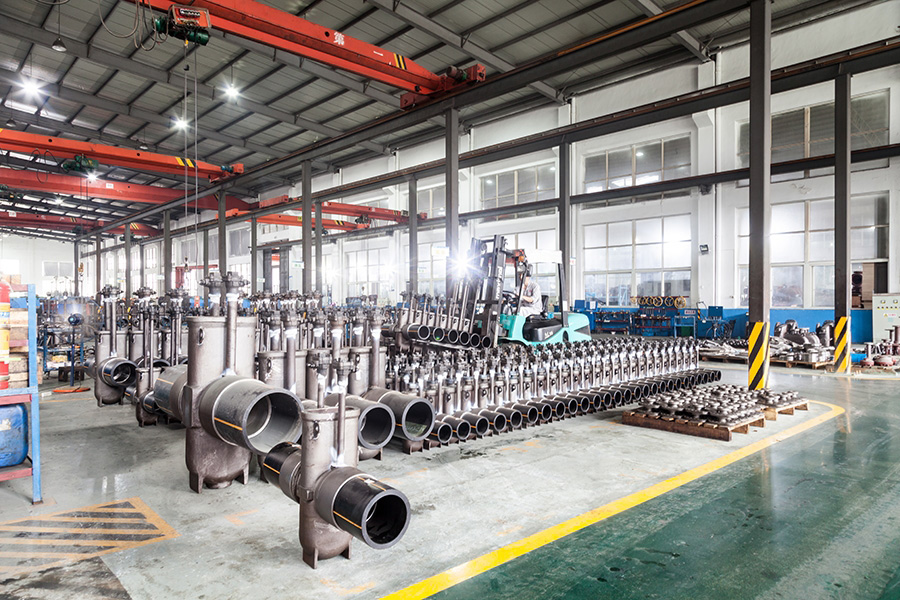2025-06-16
The Control Valve 1/2 Inch is a small-diameter flow regulation device commonly used in precision control environments. Despite its compact size, it performs a vital role in managing the flow rate and pressure of fluids, including gases, water, oils, and chemical solutions.

1. Size and Application
A 1/2 inch control valve typically refers to the diameter of the valve's inlet and outlet ports. This size is particularly suited for systems where:
Tight space constraints exist,
Low to moderate flow rates are required,
Precision control is essential, such as in laboratory equipment, food and beverage dosing lines, or HVAC systems.
2. Operational Principle
The Control Valve 1/2 Inch works by adjusting the position of an internal plug or disc in response to a control signal. This movement changes the cross-sectional area through which the fluid passes, thereby controlling the flow rate. These valves may be operated manually, pneumatically, or electrically, depending on the application.
3. Material and Design Options
To ensure durability, the Control Valve 1/2 Inch is available in various materials like stainless steel, brass, and engineered plastics. Sealing materials are chosen based on fluid compatibility, ensuring leak-free performance over extended service periods.
4. Advantages
Compact and easy to install
Offers precise control over small volume flows
Ideal for integration into automated systems
The Control Valve 1/2 Inch is, therefore, a highly effective solution in applications demanding fine flow regulation in constrained spaces or sensitive processes.
The Role of Distributor Disc Check Valve
The Distributor Disc Check Valve is a specialized type of non-return valve designed to allow flow in one direction while preventing reverse flow, using a disc mechanism. Unlike traditional check valves that may use ball or lift mechanisms, the disc design allows smoother operation, better sealing, and often lower pressure drop.
1. Design and Mechanism
The Distributor Disc Check Valve incorporates a spring-loaded disc that remains closed under no-flow or reverse-flow conditions. When forward pressure is applied, the disc is lifted from its seat, allowing fluid to pass. Once the pressure decreases or reverses, the disc returns to its seat, preventing backflow.
2. Application Scope
This valve is widely used in systems where fluid flow must be directed and prevented from returning, such as:
Water distribution networks
Fuel supply systems
Compressed air systems
Chemical dosing pipelines
Its "distributor" function refers to its role in managing flow across multiple channels or directions in distribution networks.
3. Key Functional Benefits
Protection of pumps and compressors: Prevents damage due to reverse flow pressure
System efficiency: Maintains flow direction integrity, ensuring balanced operation
Quiet operation: The disc mechanism typically reduces noise caused by rapid closure
4. Material Considerations
Materials range from ductile iron and carbon steel to stainless steel, depending on the fluid characteristics. Elastomeric seats such as EPDM, NBR, or Viton are used to enhance sealing capabilities and prevent leaks.
5. Maintenance and Durability
The Distributor Disc Check Valve generally requires minimal maintenance and offers long service life due to its robust construction and fewer moving parts. However, periodic inspection is recommended to detect any disc wear or seat degradation.
Understanding their operation, design considerations, and proper selection criteria helps ensure performance, system longevity, and energy efficiency in a wide range of industries. Whether for precise control or directional assurance, these valves contribute meaningfully to the stability and productivity of modern fluid handling systems.